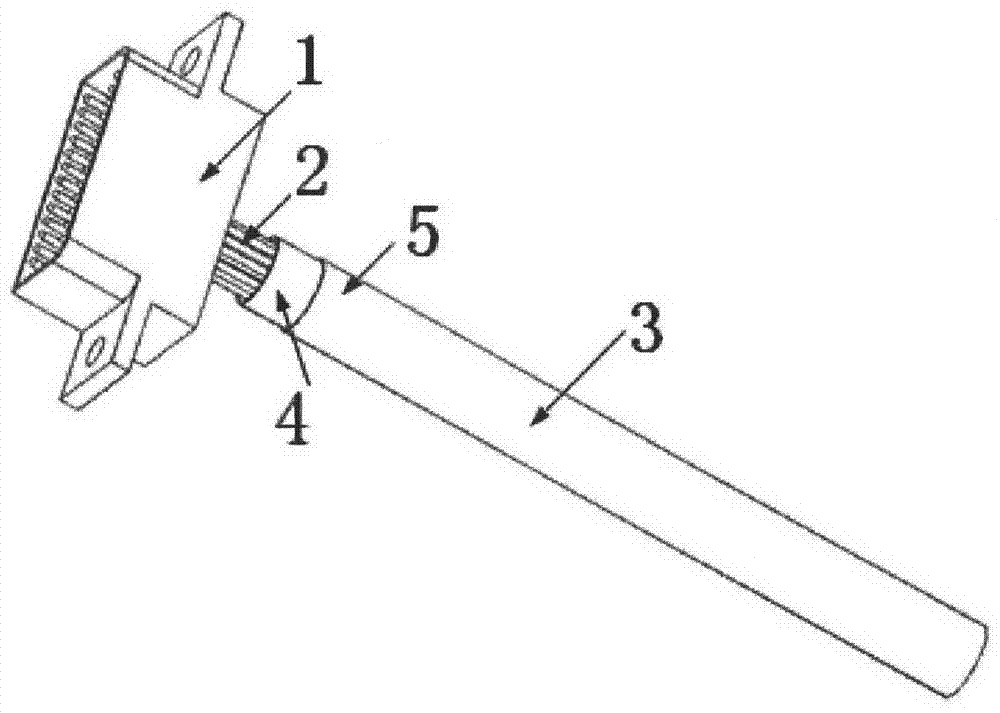Low voltage differential signaling (LVDS) cable shielding method
A cable and shielding layer technology, applied in the shielding field of LVDS cables, can solve problems such as exceeding the limit requirements, and achieve the effects of reducing crosstalk, improving noise immunity, and optimizing electromagnetic shielding performance
- Summary
- Abstract
- Description
- Claims
- Application Information
AI Technical Summary
Problems solved by technology
Method used
Image
Examples
Embodiment Construction
[0019] Generally, the spacecraft has multiple radio frequency devices that use LVDS cables and transmit signals in the cables. The clock signal is the most common one, and its signal form is as follows: figure 1 Shown, tr: rise time; tf: fall time; τ: pulse width; T: period; A: amplitude. This type of signal contains rich high-frequency components, and it is easy to radiate electromagnetic waves into space. Due to the discontinuous shielding between the cable shielding layer and the connector, there is a gap of about 5mm-20mm; at the same time, the unused cores in the cable and the connector also provide a way for the internal signal of the device to radiate outward, resulting in the clock and its harmonics. Wave signal leakage makes the radio frequency stand-alone with LVDS cables generally have out-of-tolerance radiation emission test items, and the out-of-tolerance frequency points are concentrated at the clock and its harmonic frequency points. In the self-compatibility t...
PUM
| Property | Measurement | Unit |
|---|---|---|
| length | aaaaa | aaaaa |
| length | aaaaa | aaaaa |
Abstract
Description
Claims
Application Information
 Login to View More
Login to View More - R&D
- Intellectual Property
- Life Sciences
- Materials
- Tech Scout
- Unparalleled Data Quality
- Higher Quality Content
- 60% Fewer Hallucinations
Browse by: Latest US Patents, China's latest patents, Technical Efficacy Thesaurus, Application Domain, Technology Topic, Popular Technical Reports.
© 2025 PatSnap. All rights reserved.Legal|Privacy policy|Modern Slavery Act Transparency Statement|Sitemap|About US| Contact US: help@patsnap.com



